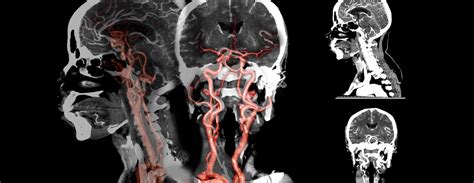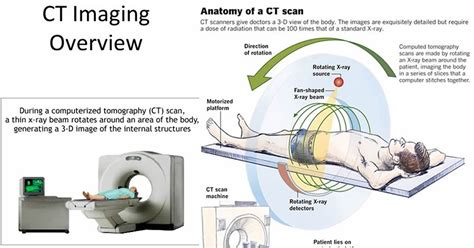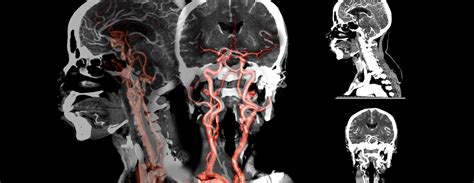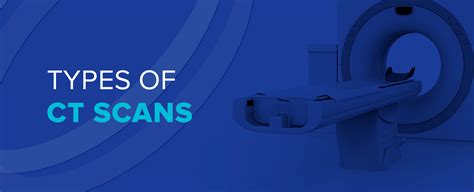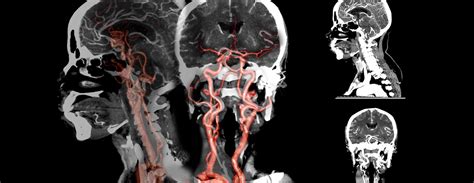The importance of medical imaging in the diagnosis and treatment of various diseases cannot be overstated. One of the most significant advancements in medical imaging is the development of CT scan angiography. This technology has revolutionized the field of radiology, enabling doctors to visualize the blood vessels and diagnose vascular diseases with unprecedented accuracy. In this article, we will delve into the world of CT scan angiography, exploring its benefits, working mechanisms, and applications.
CT scan angiography is a non-invasive medical imaging technique that uses X-rays and contrast agents to produce detailed images of the blood vessels. This technology has become an essential tool in the diagnosis and treatment of various vascular diseases, including atherosclerosis, aneurysms, and blood clots. The accuracy and speed of CT scan angiography have made it a preferred choice among doctors and patients alike.
The working mechanism of CT scan angiography is based on the principle of X-ray attenuation. When X-rays pass through the body, they are absorbed or scattered by different tissues, producing a signal that is detected by the CT scanner. The contrast agent, typically iodine or barium, is injected into the bloodstream, highlighting the blood vessels and allowing them to be visualized in greater detail. The resulting images are then reconstructed using sophisticated software, providing a detailed map of the vascular system.
Benefits of CT Scan Angiography
The benefits of CT scan angiography are numerous. Some of the most significant advantages include:
* High accuracy: CT scan angiography provides detailed images of the blood vessels, allowing doctors to diagnose vascular diseases with high accuracy.
* Non-invasive: Unlike traditional angiography, CT scan angiography is a non-invasive procedure, reducing the risk of complications and recovery time.
* Fast: CT scan angiography is a relatively quick procedure, taking only a few minutes to complete.
* Minimal risk: The contrast agent used in CT scan angiography is generally safe, with minimal risk of allergic reactions or other complications.
Working Mechanism of CT Scan Angiography
The working mechanism of CT scan angiography involves several steps:
1. Preparation: The patient is prepared for the procedure by removing any metal objects and changing into a hospital gown.
2. Contrast agent injection: The contrast agent is injected into the bloodstream, typically through a vein in the arm.
3. CT scanning: The patient is positioned on the CT scanner table, and the X-ray tube and detectors rotate around the body, capturing images of the blood vessels.
4. Image reconstruction: The resulting images are reconstructed using sophisticated software, providing a detailed map of the vascular system.
Applications of CT Scan Angiography
The applications of CT scan angiography are diverse, including:
* Diagnosis of vascular diseases: CT scan angiography is used to diagnose various vascular diseases, including atherosclerosis, aneurysms, and blood clots.
* Pre-surgical planning: CT scan angiography is used to plan surgical procedures, such as bypass grafting and aneurysm repair.
* Monitoring of vascular diseases: CT scan angiography is used to monitor the progression of vascular diseases and the effectiveness of treatment.
Types of CT Scan Angiography
There are several types of CT scan angiography, including:
* Coronary CT angiography: This type of CT scan angiography is used to visualize the coronary arteries and diagnose coronary artery disease.
* Peripheral CT angiography: This type of CT scan angiography is used to visualize the blood vessels in the legs and arms.
* Cerebral CT angiography: This type of CT scan angiography is used to visualize the blood vessels in the brain and diagnose cerebral vascular diseases.
Risks and Limitations of CT Scan Angiography
While CT scan angiography is a safe and effective imaging technique, there are some risks and limitations to be aware of:
* Radiation exposure: CT scan angiography involves exposure to X-rays, which can increase the risk of cancer and other health problems.
* Contrast agent reactions: The contrast agent used in CT scan angiography can cause allergic reactions, including hives, itching, and difficulty breathing.
* Limited availability: CT scan angiography may not be available in all medical facilities, particularly in rural or underserved areas.
Future Developments in CT Scan Angiography
The future of CT scan angiography is promising, with ongoing research and development aimed at improving the accuracy, speed, and safety of the technique. Some of the potential future developments include:
* Improved contrast agents: New contrast agents are being developed that are safer and more effective, reducing the risk of allergic reactions and other complications.
* Advanced imaging software: New imaging software is being developed that can provide more detailed and accurate images of the blood vessels, allowing for better diagnosis and treatment of vascular diseases.
* Integration with other imaging modalities: CT scan angiography is being integrated with other imaging modalities, such as MRI and PET, to provide a more comprehensive understanding of vascular diseases.
What is CT scan angiography?
+
CT scan angiography is a non-invasive medical imaging technique that uses X-rays and contrast agents to produce detailed images of the blood vessels.
What are the benefits of CT scan angiography?
+
The benefits of CT scan angiography include high accuracy, non-invasive procedure, fast, and minimal risk.
What are the applications of CT scan angiography?
+
The applications of CT scan angiography include diagnosis of vascular diseases, pre-surgical planning, and monitoring of vascular diseases.
In conclusion, CT scan angiography is a powerful medical imaging technique that has revolutionized the field of radiology. With its high accuracy, non-invasive procedure, and fast results, CT scan angiography has become an essential tool in the diagnosis and treatment of various vascular diseases. As research and development continue to improve the technique, we can expect to see even more exciting advancements in the field of CT scan angiography. We invite you to share your thoughts and experiences with CT scan angiography in the comments below. If you found this article informative, please share it with your friends and family, and don't forget to follow us for more updates on the latest medical imaging techniques.
